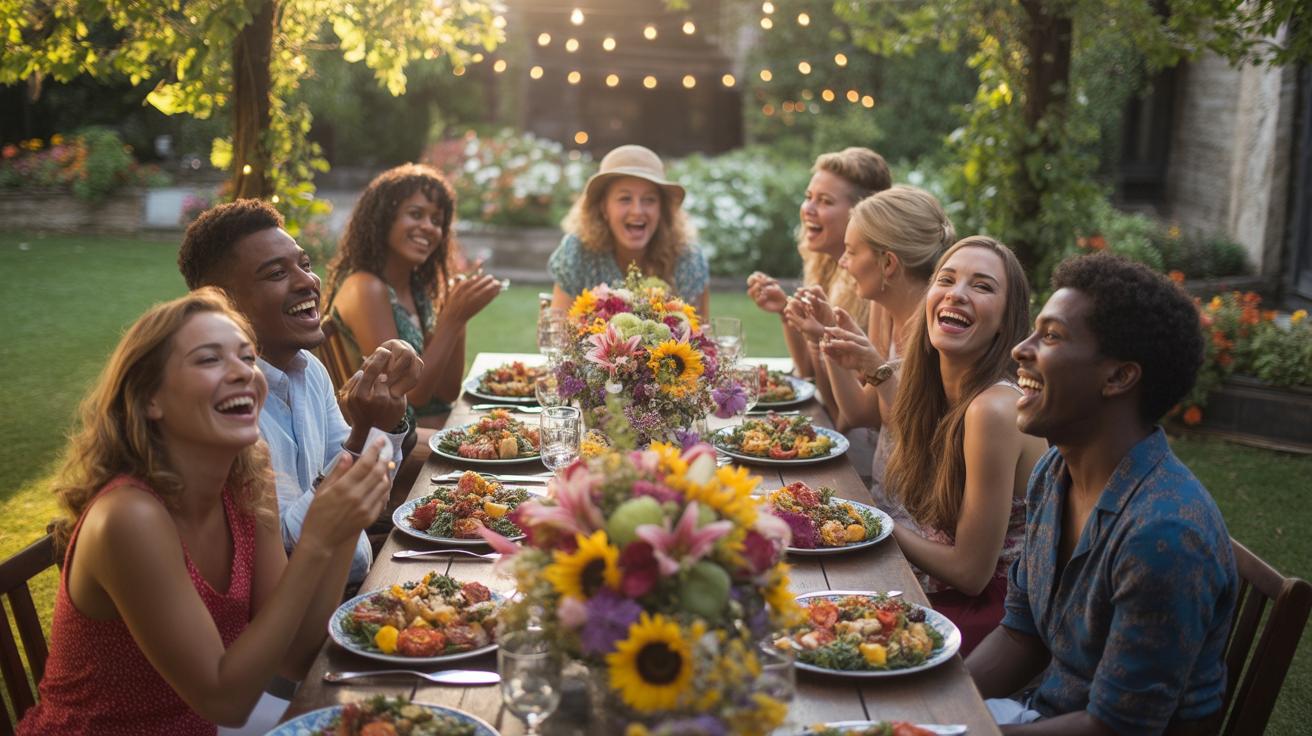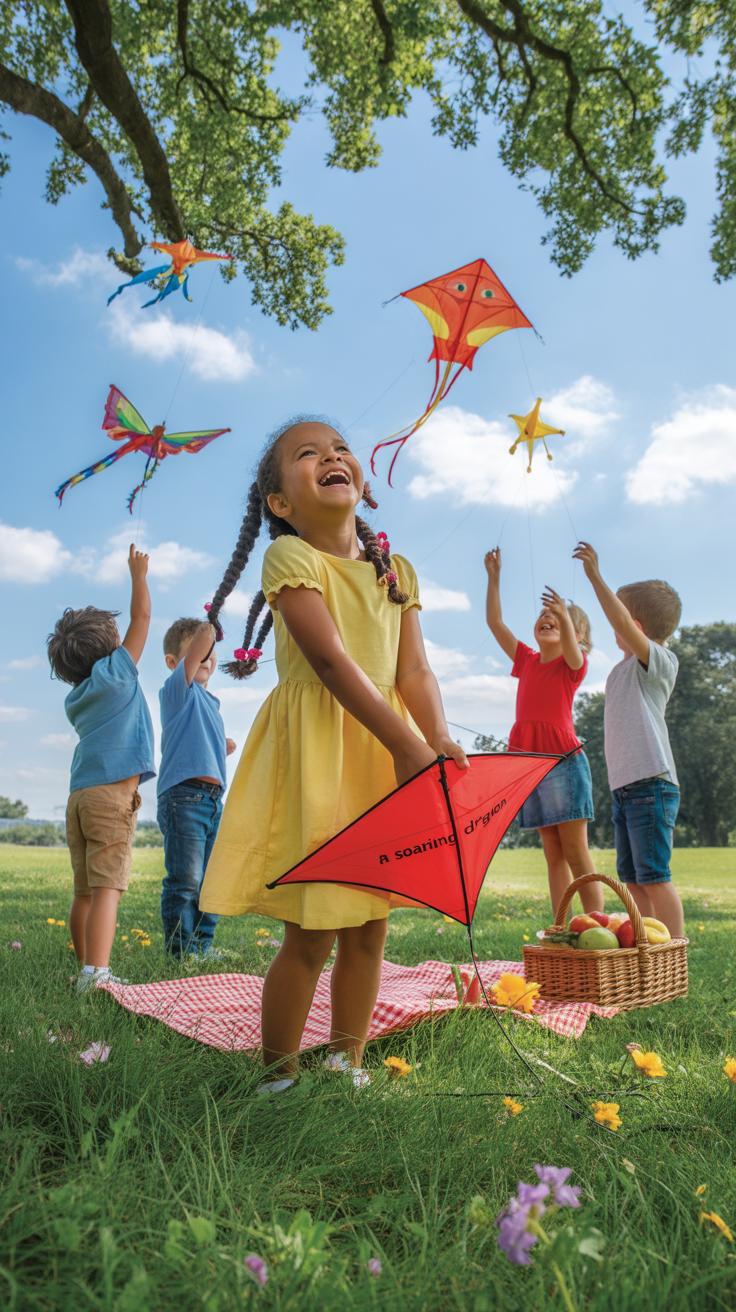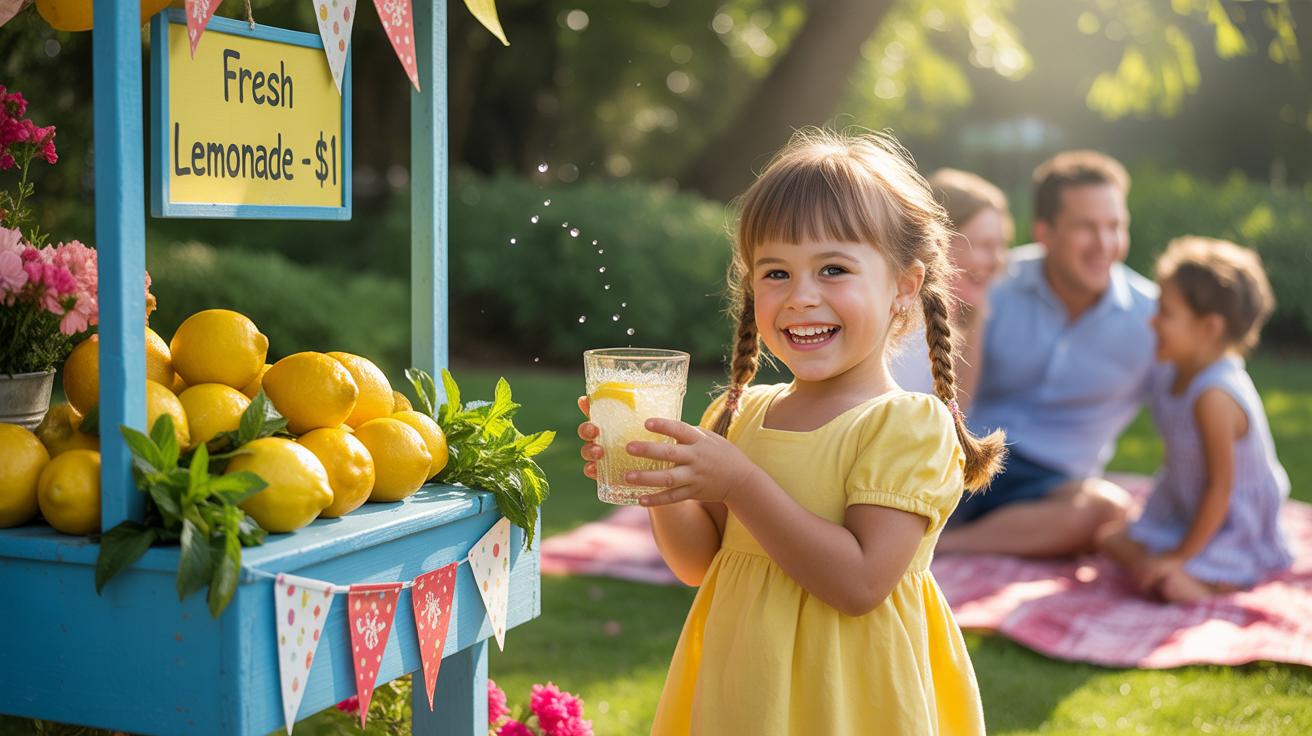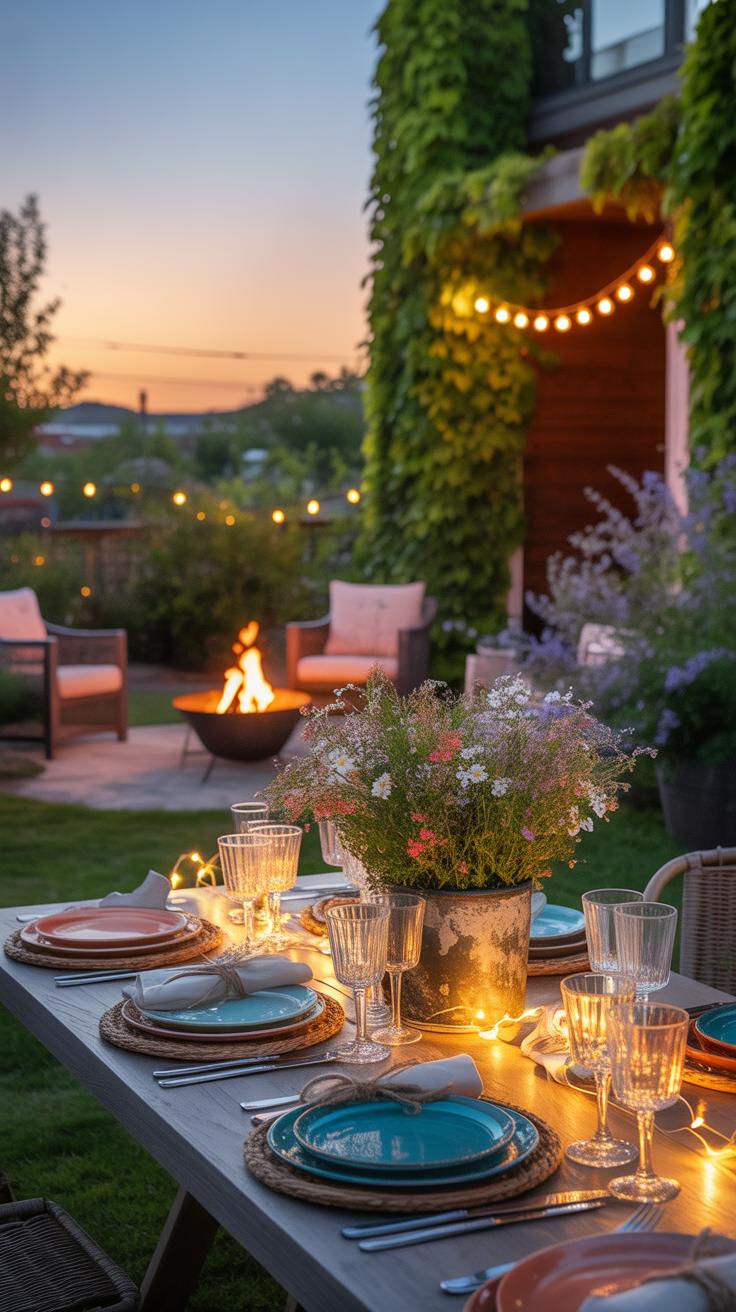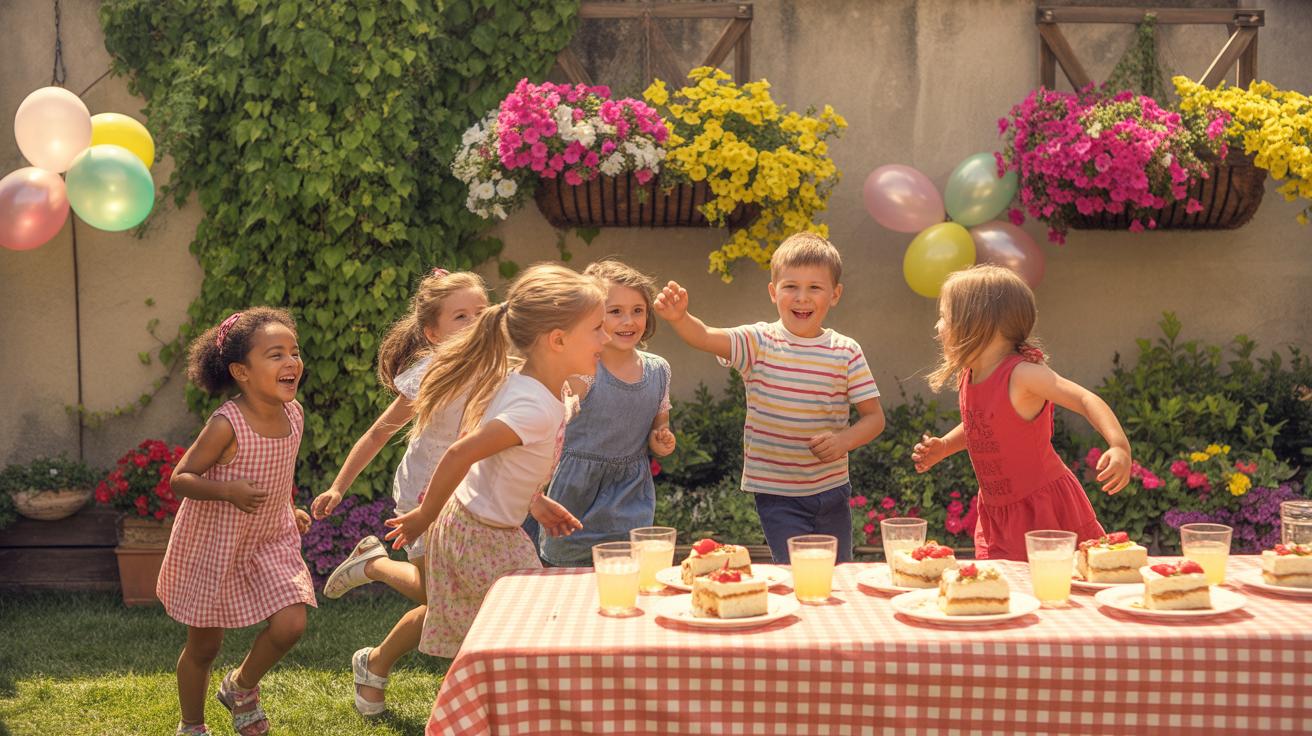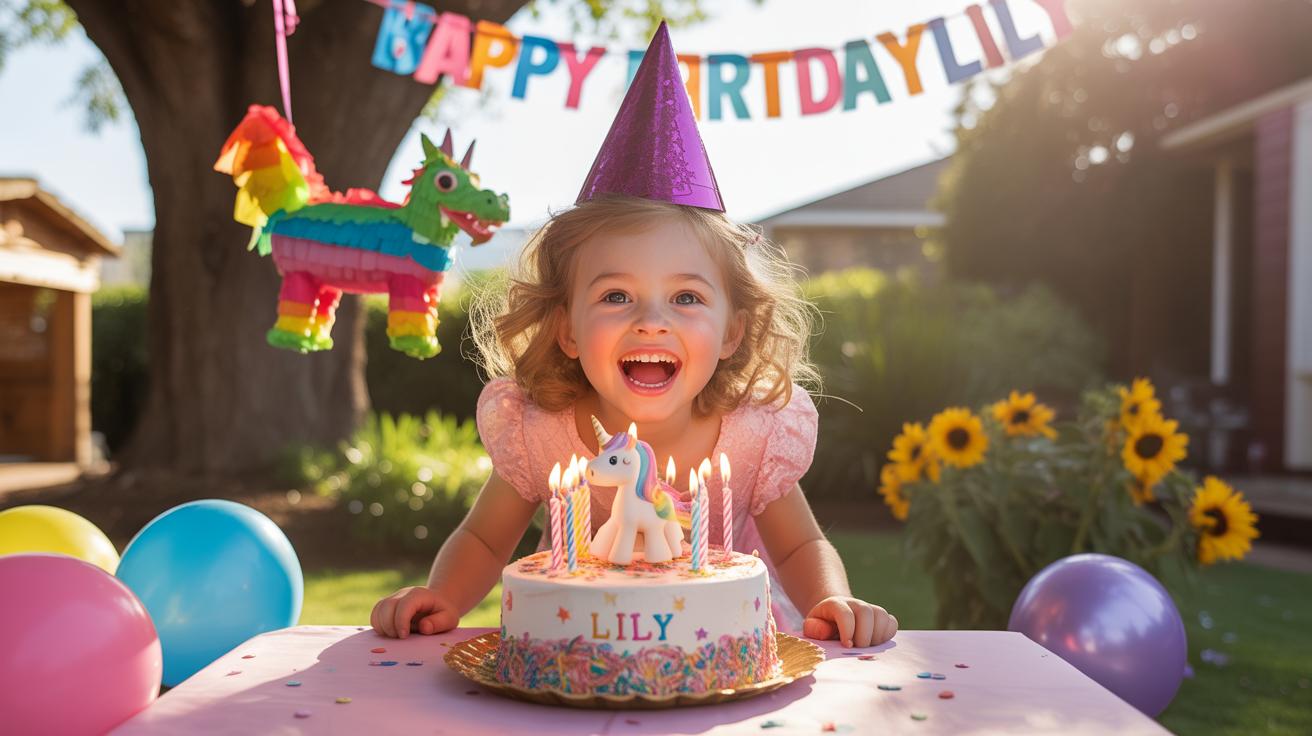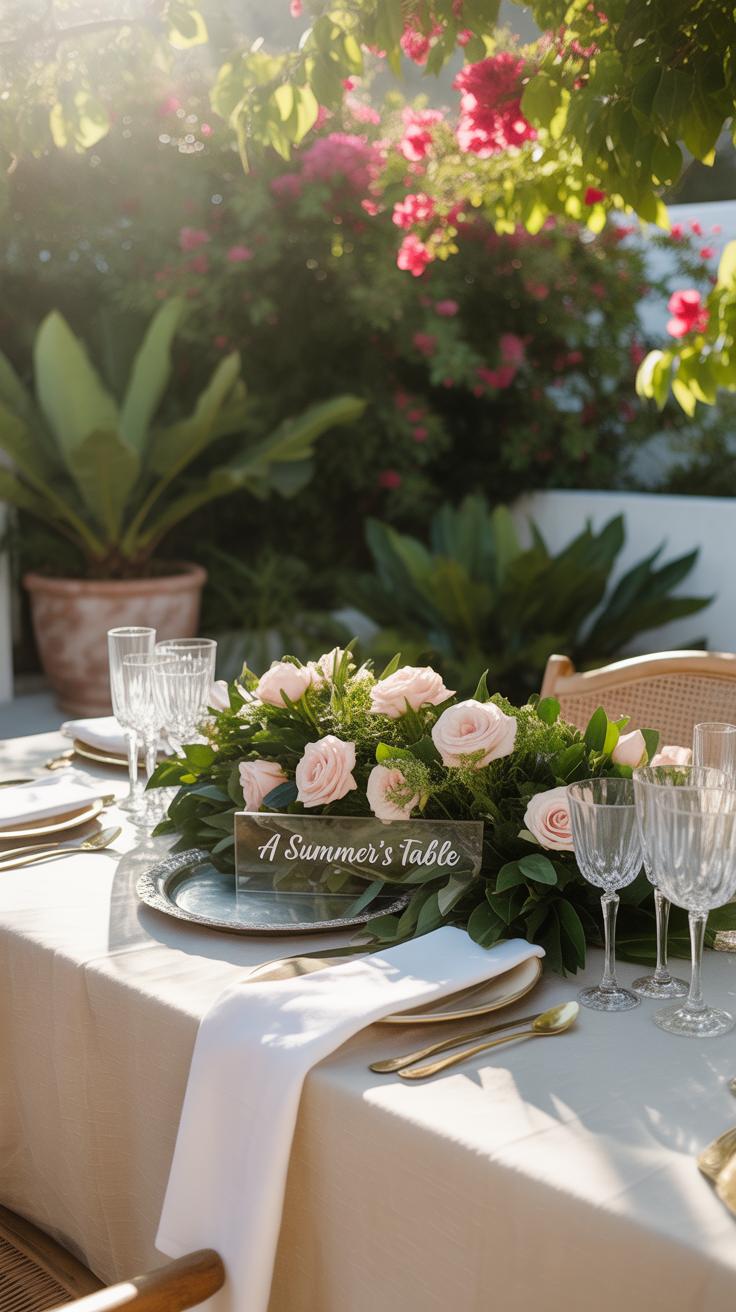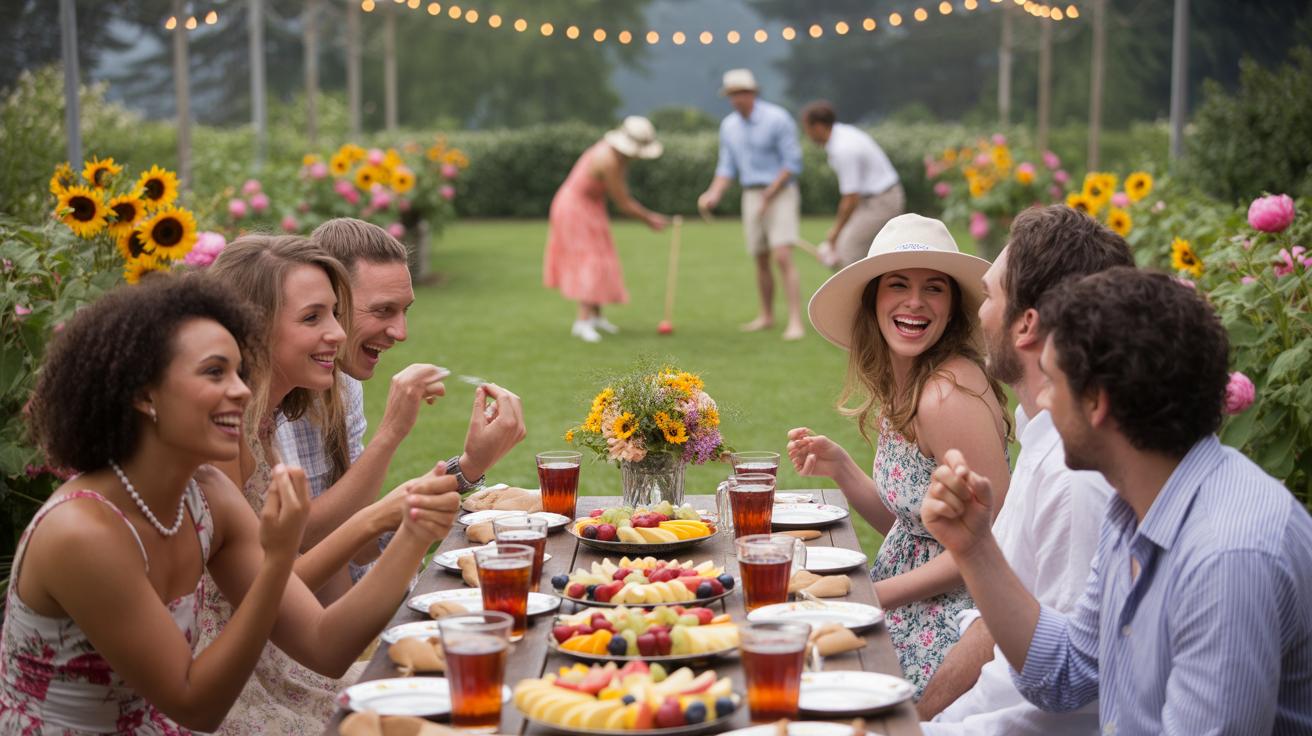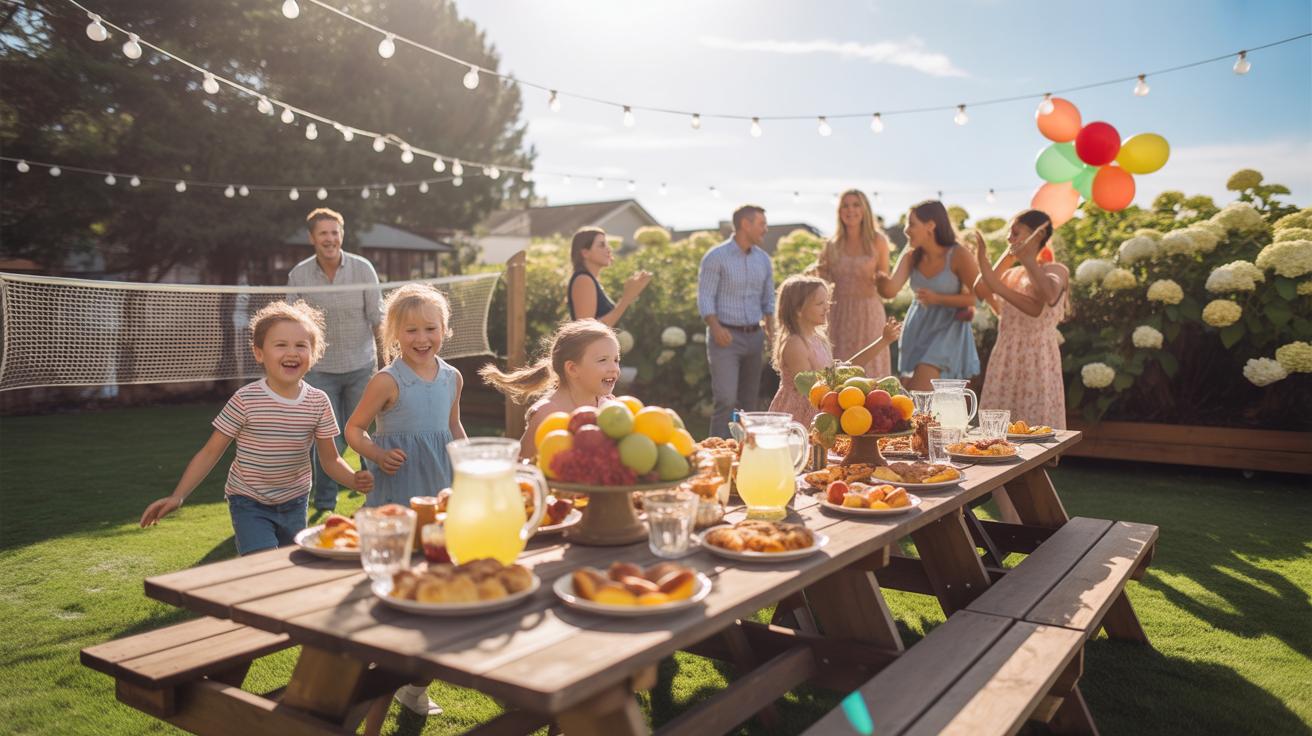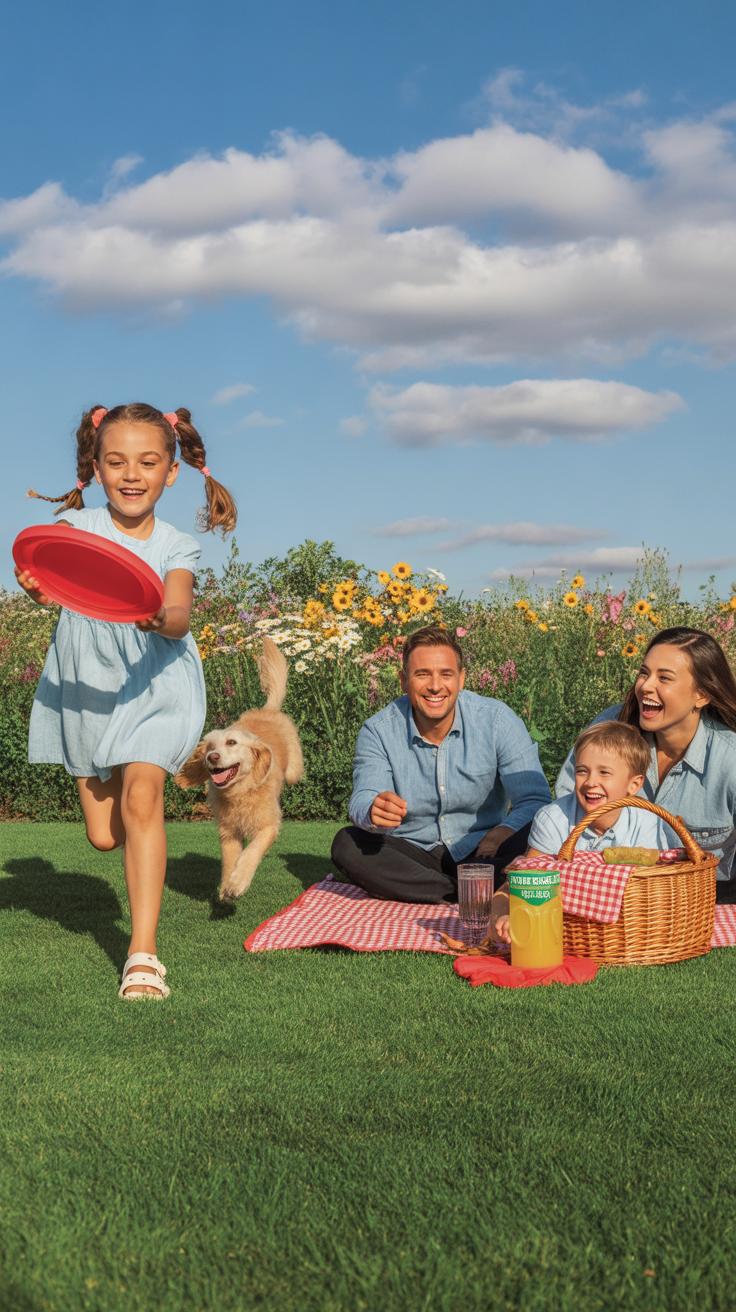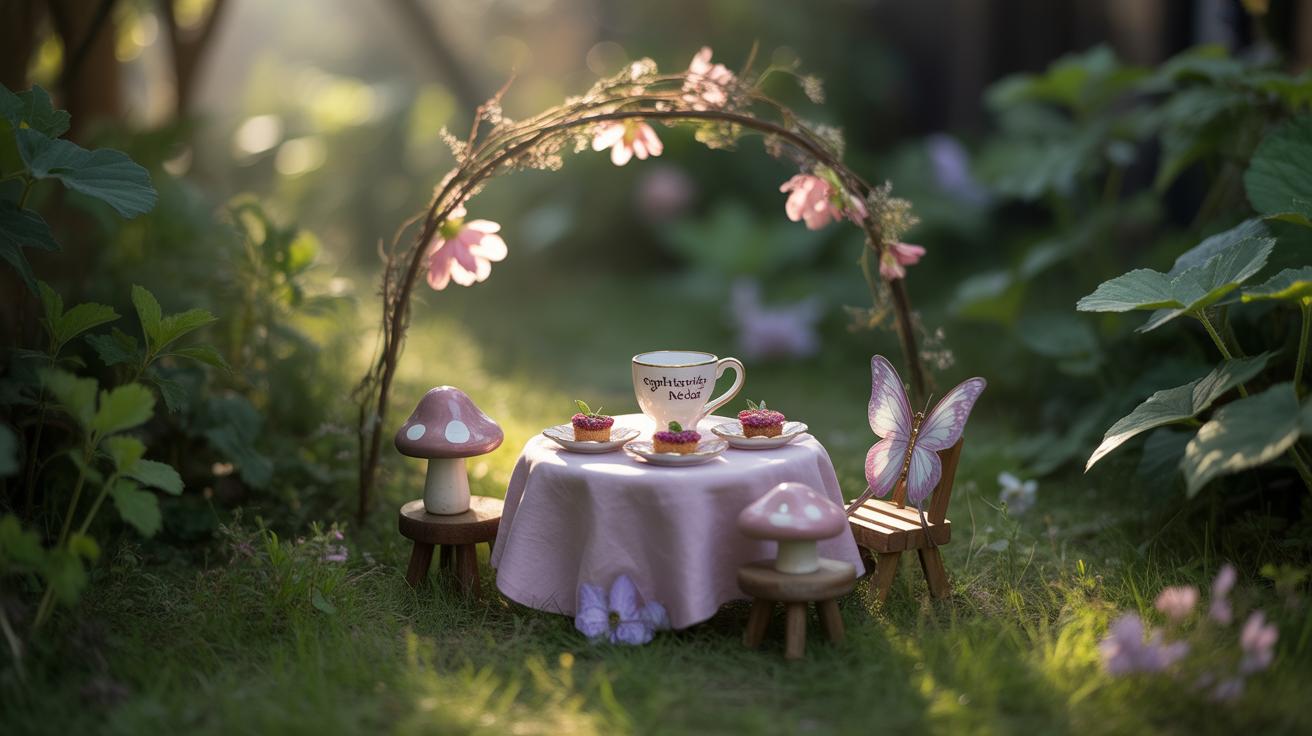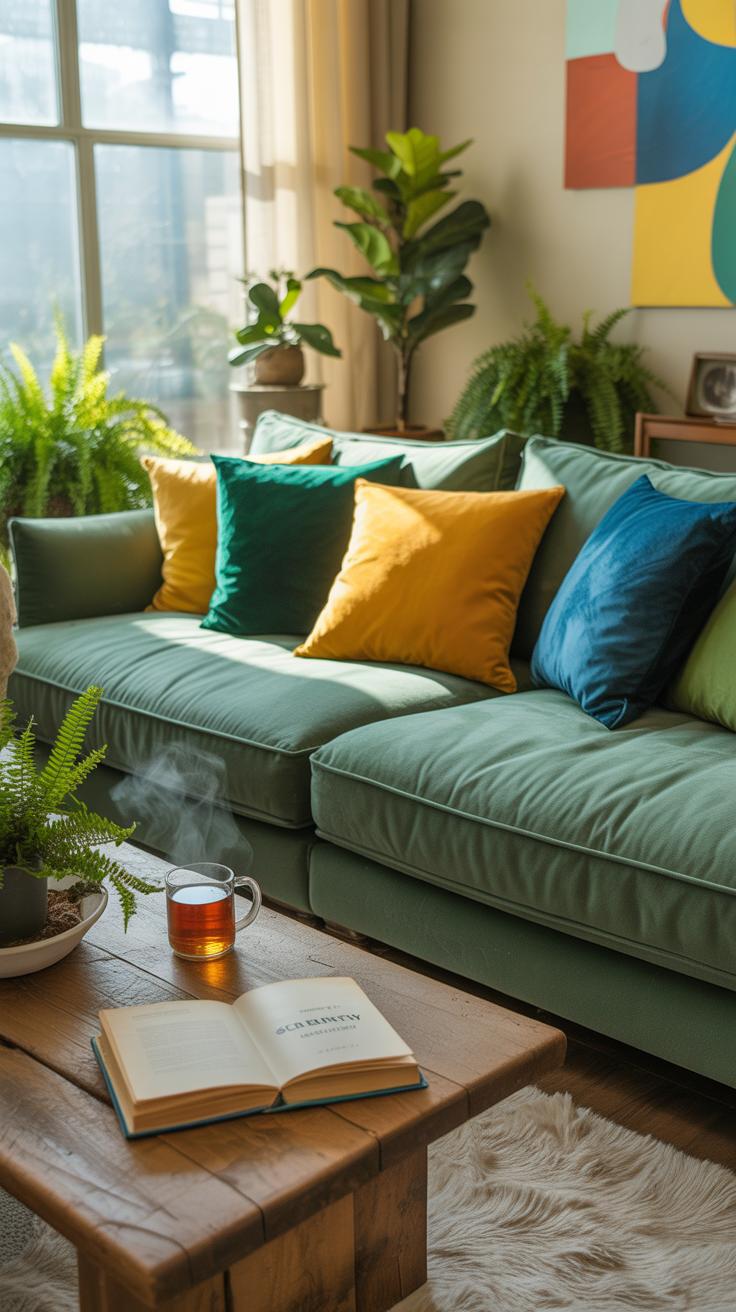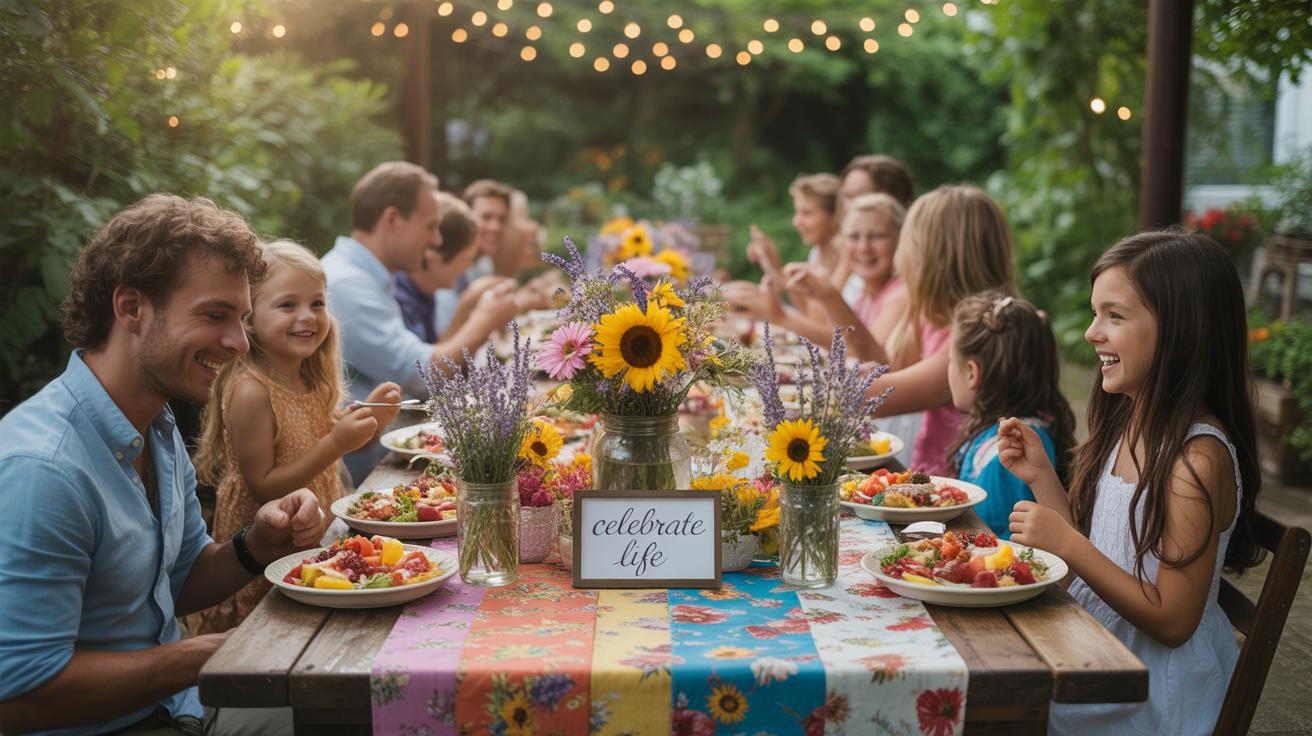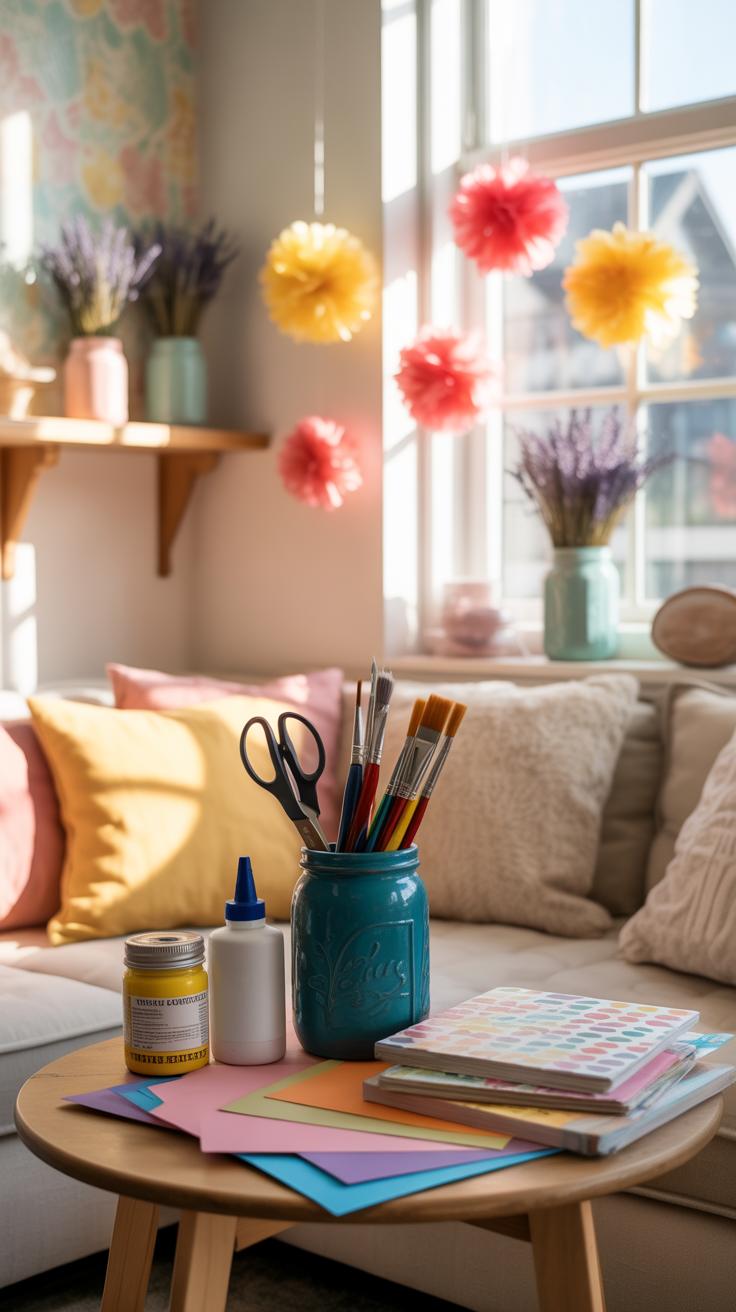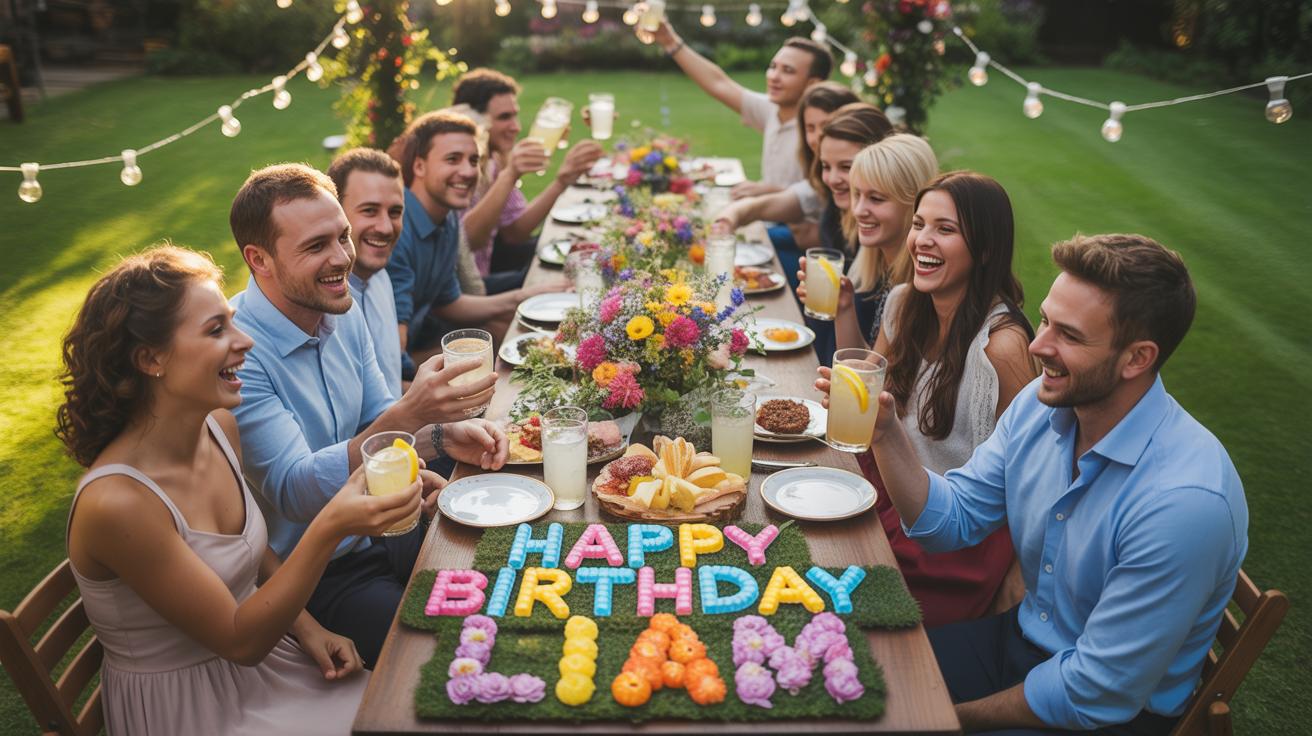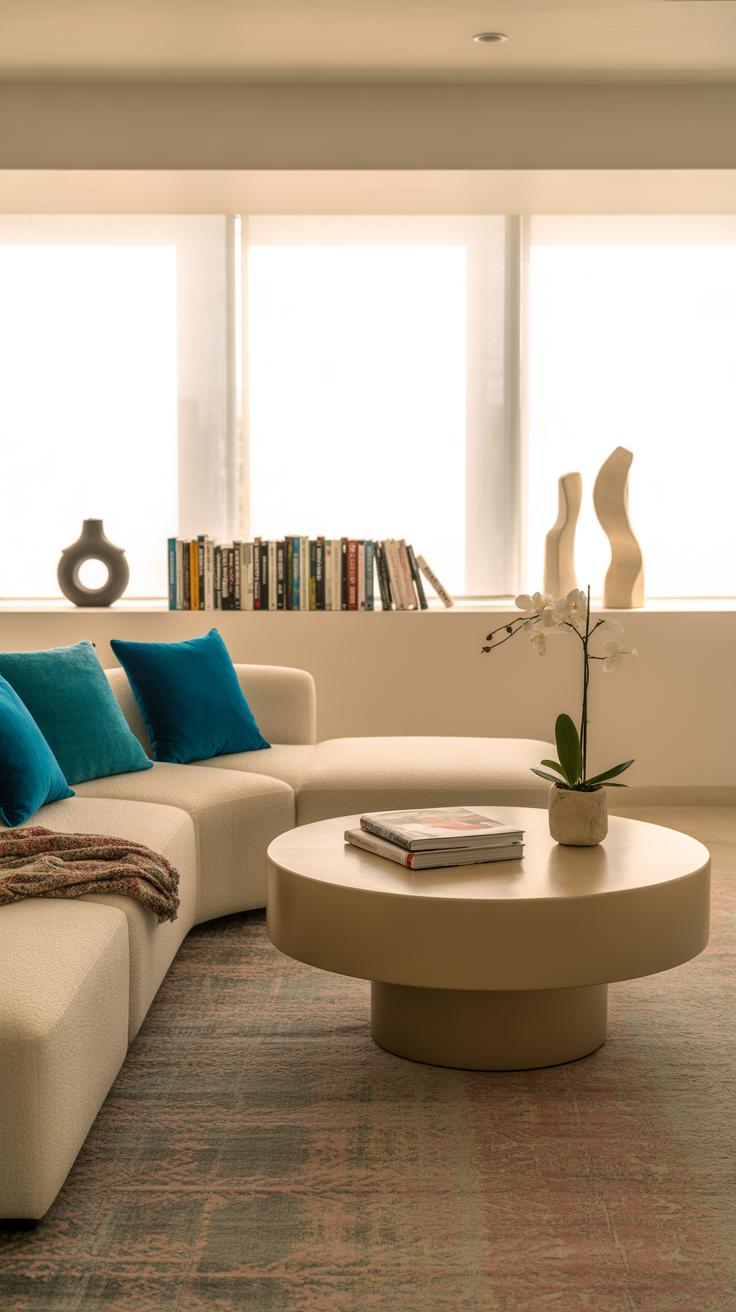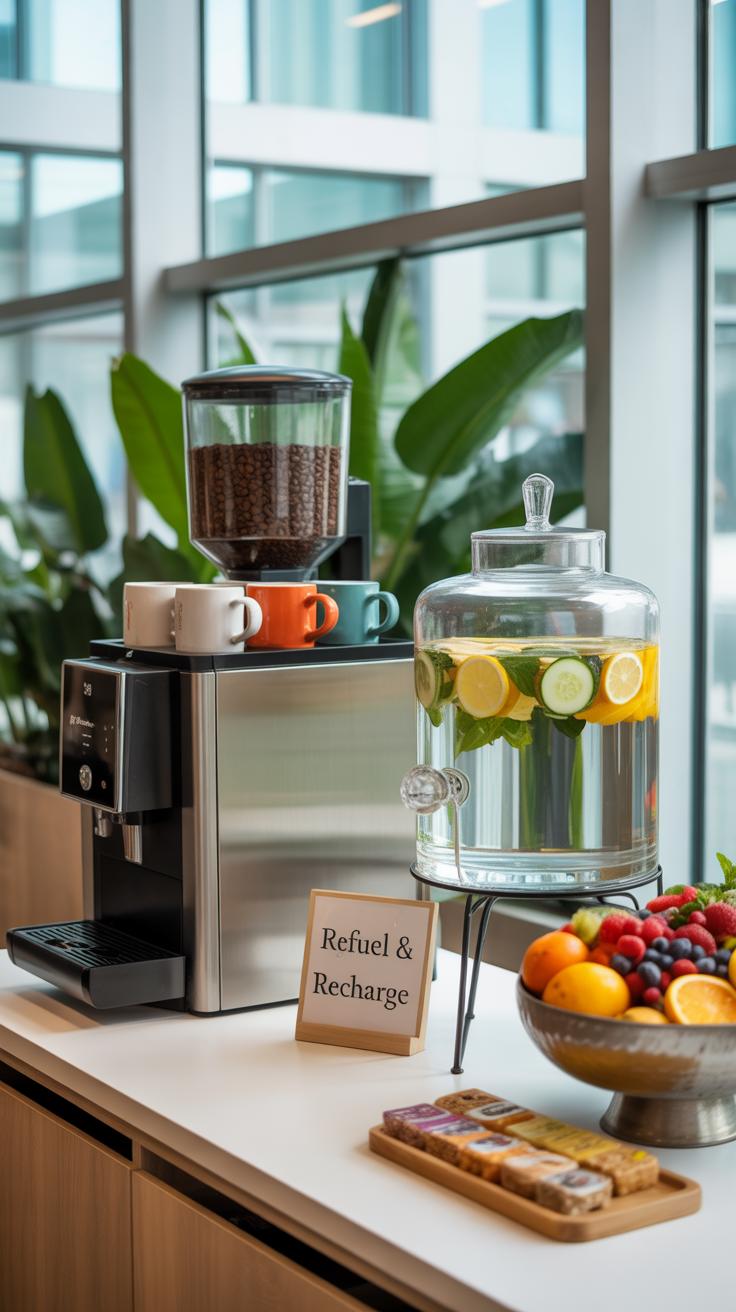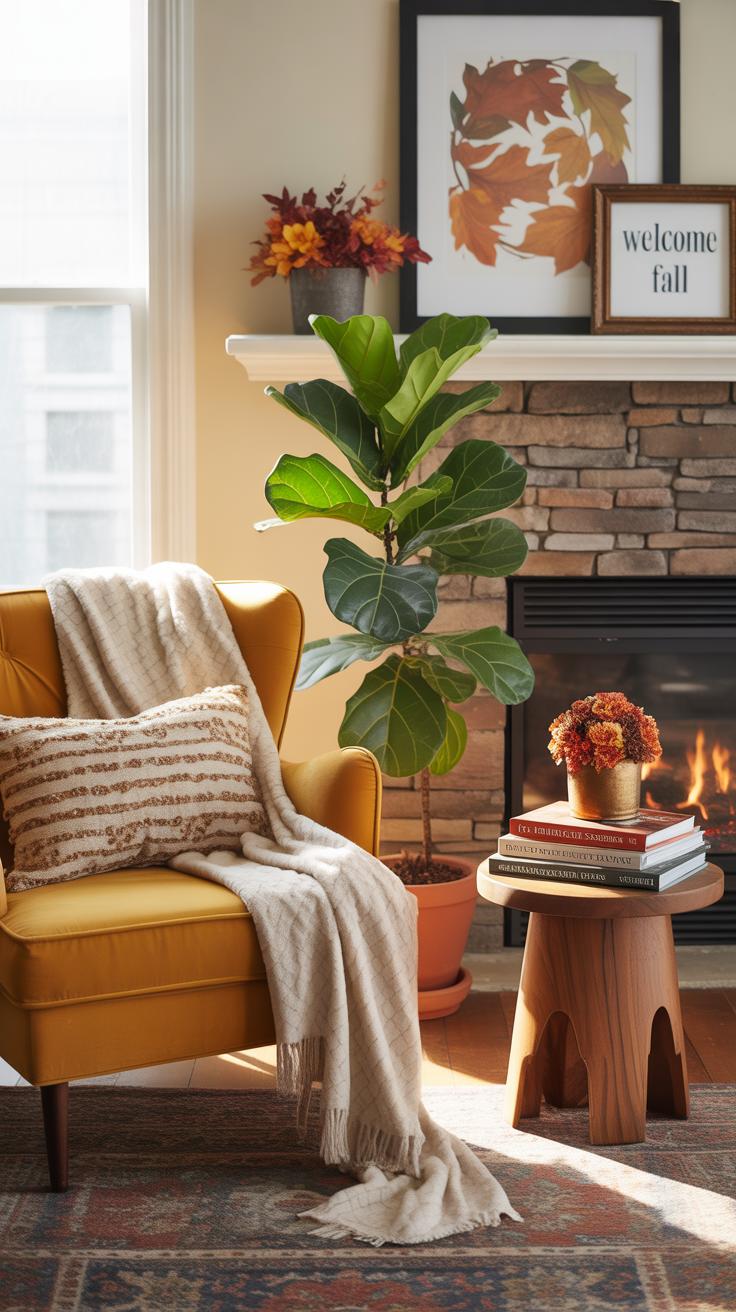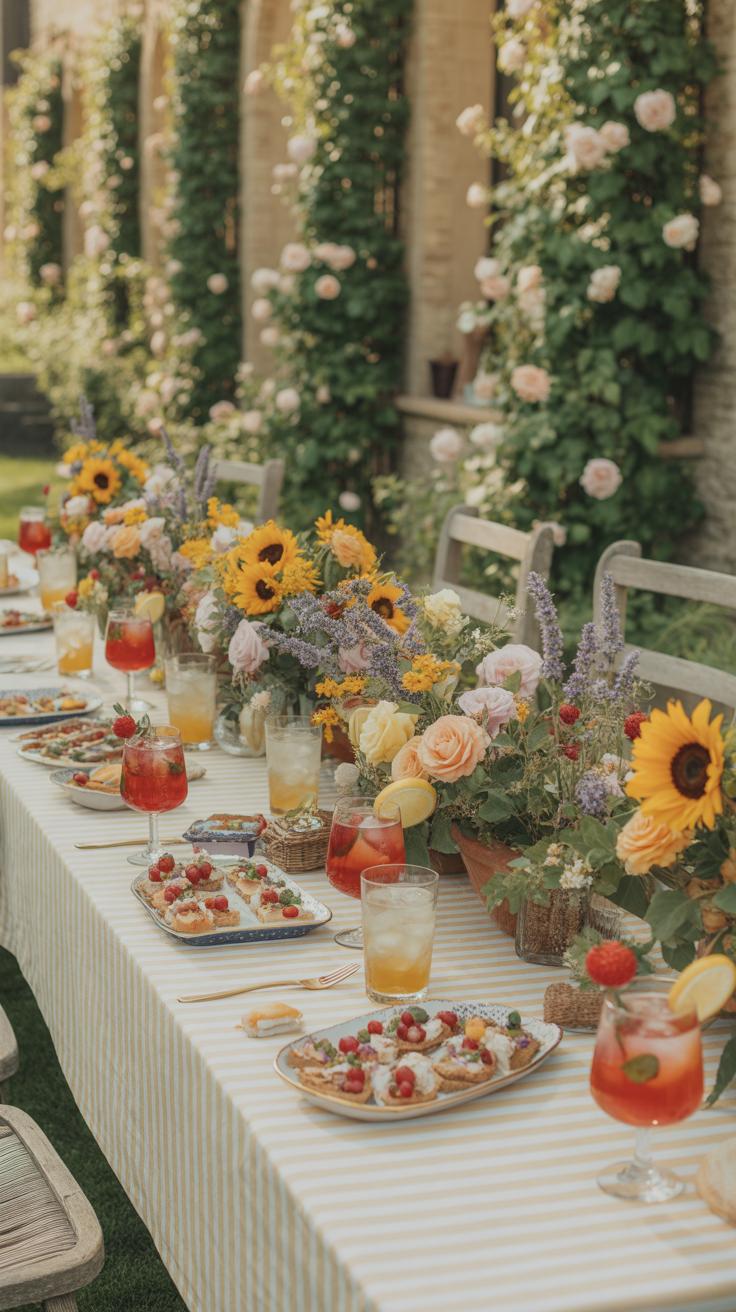Introduction
Creating the perfect atmosphere for your garden party begins with thoughtful decorations. When you invite guests to your outdoor space, the way you decorate can set the mood and make everyone feel welcome. Garden party decorations bring a special charm that indoor setups cannot match.
In this article, you will learn how to choose and arrange decorations that blend with nature and highlight your style. From lighting to table settings, every element counts in shaping a memorable garden event.
Choosing a Theme
Picking a theme for your garden party does more than just provide a style guide; it actually ties all your decorations together. Without a clear theme, things can feel a bit scattered, leaving your guests unsure of the vibe. But when you decide on one, each piece—from table settings to floral choices—plays a part in a bigger, cohesive picture. It’s like giving your party a personality that guests can sense from the moment they step in.
Some popular themes you might consider include rustic, elegant, tropical, or vintage. Each one carries its own distinct look that influences color choices, textures, and even lighting. For example, a rustic theme brings in raw, natural elements that feel grounded and simple. On the other hand, an elegant theme leans toward refinement, using crisp whites and delicate accents to create a softer atmosphere.
Rustic garden parties often feature materials like natural wood, burlap, and those modest yet charming floral arrangements that seem effortless but actually set the tone. Think of rough wooden tables or mismatched chairs, scattered wildflowers in mason jars, and simple candle holders made from tree bark. It’s a style that feels genuine, a bit rough around the edges, but warm.
In contrast, if you’re aiming for elegance, expect to use white linens that crisp up your tables and crystal accents that catch the light beautifully. Soft lighting—maybe from delicate fairy lights or strategically placed candles—creates an intimate glow. The decorations lean toward classic sophistication rather than rustic earthiness. It’s a deliberate polish, but it shouldn’t feel too formal; there’s room for relaxed elegance here.
Choosing a theme shapes how you select everything—from plates and glassware to the invites and flowers. But remember, themes don’t have to be rigid rules. Sometimes mixing a bit of rustic charm with elegant touches creates a unique look, depending on what feels right to you.
Outdoor Lighting Options
Lighting can change everything at a garden party—it shapes the mood and even how comfortable your guests feel. Soft, gentle light invites conversation, while brighter options might work for lively moments but risk feeling harsh outdoors. You want a balance that keeps things cozy without leaving anyone guessing where their drink is.
String Lights Setup
String lights are probably the most popular garden lighting choice for a reason. To get a charming effect without overtaking the natural vibe, hang them loosely between trees, poles, or along the edges of a pergola. Avoid tension that’s too tight; a gentle sag brings a relaxed air. Consider zigzag patterns or layering strings at different heights to spread light evenly but not too brightly.
Try not to overdo it. A dense cluster of bulbs might be dazzling but could overshadow the surroundings. Instead, aim to highlight key areas like seating zones or dining spaces. And don’t forget to test your setup in fading daylight to tweak placement before guests arrive.
Lanterns and Candles
Lanterns and candles add a warmth that string lights alone can’t replicate. Their flickering flames create intimacy, perfect for quiet corners or as table accents. Grouping lanterns of varying sizes along a pathway or hanging them at eye-level can invite guests deeper into the garden.
Safety is critical, of course. Place candles in sturdy holders and keep them away from flammable materials, especially if wind is a factor. Battery-operated LED candles might lack the scent or genuine flicker but certainly cut down the risk without losing much ambiance.
You might scatter votives on low tables or inside glass jars for an unexpected glow. Sometimes, mixing lanterns with string lights softens the overall brightness, making the garden feel both lively and inviting.
Decorative Table Settings
When setting the table for a garden party, you want arrangements that feel natural but still show some care. Choosing the right tablecloth is the first step. Light fabrics in soft pastels or simple whites often work best. You could try linen or cotton for a slightly rustic touch, but if spills concern you, a washable option isn’t a bad idea—especially if kids will be involved.
Centerpieces can make or break the look. Floral arrangements that pick up on the surrounding garden colors usually feel the most cohesive. Low vases filled with seasonal blooms encourage easy conversation because they don’t block views. Sometimes, just a few wildflowers in small jars spaced evenly work better than one large centerpiece.
For plates and napkins, you might want to think about sustainability. Bamboo or recycled materials feel lighter on the conscience and often good-looking too. Match the colors to your theme—maybe mint greens for a spring gathering or soft lavender for evening events. Napkins folded simply or tied with twine add a quiet charm without trying too hard.
Cutlery can follow this eco-friendly trend as well, but if you prefer metal, pick something with a subtle vintage feel. Mixing hues like gold or copper tones with plain silverware can add some personality. It’s tempting to go for perfect symmetry, but a little mismatch can feel more relaxed and inviting.
Have you noticed how these small choices influence the vibe? The table can feel either stiff or friendly depending on how you set it up. It’s maybe not something everyone thinks about, but when guests can easily chat over a centerpiece that doesn’t dominate the space, the whole experience seems smoother.
Floral Centerpieces
Choosing flowers for your centerpiece means thinking beyond just color. The size and height matter quite a bit—you want something low enough to keep the line of sight open. Seasonal flowers, found locally, often feel right in a garden setting, even if they’re not the flashiest.
Here’s something I’ve seen work well: mix a few wildflower bunches with herbs like rosemary or thyme. It smells nice and adds texture. Arranging them in rustic containers like mason jars, tin cans, or small wooden boxes ties the setting back to nature, which is the point, after all.
Placing centerpieces off-center or in clusters along the table invites conversation. It’s surprising how a few thoughtful gaps or groupings can make people lean in to chat more. Trying a series of mini arrangements instead of one big one helps avoid that awkward “don’t cross the line” feeling at the table.
Tableware Choices
If you aim to keep things eco-friendly, consider compostable plates made from bamboo, palm leaf, or even sturdy paper options. They’re not just for picnics; some look quite elegant, especially when paired with cloth napkins. Plastic utensils are pretty much avoidable these days, so look for wooden cutlery or metal alternatives that can be reused.
For color coordination, think about the season and your party’s mood. Soft greens and creams tend to blend with garden surroundings, while brighter hues like yellows or reds can add energy. Don’t be afraid to mix patterns—floral plates with plain napkins or patterned napkins with solid plates can create a nice contrast.
One time, at a small gathering, I used all white plates and clear glassware but mixed in napkins tied with small sprigs of lavender. Guests commented more on the details than on the fact the tableware was basic. Sometimes minimalism paired with tiny, thoughtful touches impresses more than elaborate setups.
Using Natural Elements
Bringing natural elements into your garden party decorations helps create a sense of harmony with the surroundings. You might want to lean on the flowers, plants, stones, and wood already present—or gently enhance them. These touches connect your setup to the outdoor space in a way that feels effortless, or at least tries to.
Flower Arrangements
Choosing local, seasonal flowers is a good place to start. Think about what’s actually blooming nearby rather than trying to import something that feels out of place. Wildflowers or simple greenery often make more of an impact than elaborate, perfect blooms.
Place small, understated arrangements around the party area—on side tables, tucked into corners, even in unexpected spots like hanging jars or low vases on the ground. You don’t need symmetry here. Sometimes grouping a few sprays casually can feel more inviting. I once set out tiny bunches of daisies in mismatched glasses; guests noticed the personal touch without it shouting decoration.
Wood and Stone Accents
Natural wood slices work well beyond just coasters. They can be tiny platforms for candles, or bases for food platters. Their rough edges and grain add warmth that plastic or metal can’t replicate. Stones, on the other hand, aren’t just for paths—they can hold down tablecloth corners or serve as paperweights for menus.
Look for irregular shapes or unfinished textures to keep things relaxed. For example, a shallow wooden bowl filled with smooth river stones can become a conversation piece—simple, quiet, but striking. Don’t be afraid to mix and match these elements. Sometimes a rough stone beside a polished wood slice catches the eye better than anything carefully matched.
Creating Comfortable Seating
When planning seating for a garden party, comfort and style should both matter. You want your guests to relax, but also to feel the space reflects the ambiance you’re aiming for. Chairs and benches offer different vibes—choosing between them isn’t just about seating capacity but also about encouraging interaction.
For example, wooden benches can create a more casual, communal feeling—people tend to sit closer and chat more easily. On the other hand, individual chairs, especially those with armrests or unique designs, offer a touch of elegance and give guests a sense of personal space. Think about your theme—if it’s rustic, weathered wood might work best; for a modern look, sleek metal or woven rattan can fit right in.
Cushions and fabrics add another layer of comfort. Don’t overlook their power to bring color and texture to the setting. Soft cushions make plastic or metal seats far more inviting, and choosing fabrics that can withstand spills or weather is practical. Look for outdoor fabrics that resist fading and are quick-drying. Patterned or bright cushions might contrast nicely with natural surroundings, but sometimes subtle tones blend better, keeping the focus on the garden itself.
There’s also the question of size and pile—thicker cushions feel luxurious but might be cumbersome to store or move. Thin, firm cushions last longer but may not feel as cozy. I’ve found that mixing a few styles—like some thick pillows on benches and slim ones on chairs—gives variety without losing consistency. What kind of seating would make your guests want to linger a bit longer?
DIY Decoration Ideas
You can really change the feel of your garden party with some simple DIY decorations. Handmade garlands are a great place to start. With just paper or fabric scraps, scissors, and string, you can craft something that adds a splash of color above your seating or draped around tables. I once made a paper garland from leftover wrapping paper—cutting out circles and threading them felt tedious at first, but the effect? Pretty charming, honestly. Try mixing shapes, maybe alternating colors, or even use fabric strips tied onto twine for a more rustic look.
Then there are decorative mason jars. Those jars are everywhere, but customizing them makes all the difference. Paint the jars in soft pastels or bold hues, wrap twine around the neck for texture, or glue on some lace or buttons if you’re feeling detailed. They work well as candle holders too—just pop in a tea light and your table gets a warm glow that’s surprisingly cozy. You might also use them as vases; it’s an easy way to showcase fresh garden flowers and add an intimate touch.
DIY projects like these let you control your look without spending much. Plus, they invite a bit of creativity and personal flair—maybe that’s why friends always ask how I made them! So, why not give it a spin? It’s a chance to make your garden party uniquely yours.
Incorporating Functional Decorations
When planning your garden party, it’s easy to think only about how decorations look, but what if they can do more? Functional decorations add comfort and practicality without losing style. Think about umbrellas or canopies—not just plain shades, but ones with fun colors or patterns that brighten the space. They keep guests cool and invite a relaxed vibe.
Besides shade, privacy plays a big role in creating a cozy atmosphere. Screens or trellises can define your garden area and block unsightly views without feeling like walls. They offer a chance to add climbing plants or hang lights, turning a simple barrier into a feature.
Shade Options
Shade can come in many forms, and each brings a different mood. Umbrellas are versatile and easy to move, perfect if your party shifts spots. If you want something more fixed, pergolas or fabric sails spread over the seating area create a subtle sun shield. Even a cluster of large potted plants can soften sunlight, lending a natural touch.
Choosing shade should depend on the intensity of the sun and how long your event lasts. But remember, shade isn’t just functional—it’s a chance for style. Patterned fabrics or bright colors can be conversation starters or complement your party’s theme.
Privacy Screens
Privacy screens can be surprisingly creative. Instead of a plain barrier, use wooden lattice panels, which let light filter through while providing a sense of enclosure. Trellises with climbing vines or flowers add softness and charm. You might even repurpose old shutters or doors—it’s quirky, and guests love it.
Do you want to block neighbors’ views or create a quiet nook? Screens can divide spaces, making several intimate areas within the garden. But, they also give you something to hang decorations on—lanterns, garlands, or fairy lights—which makes the whole garden feel more festive and layered.
Setting Up a Refreshment Area
The refreshment area should feel inviting but never overcrowded. Think of it as a little oasis where guests can easily grab a drink or snack without feeling like they’re disrupting the flow of the gathering. Position it somewhere accessible but not in the main traffic path. You want people to approach it naturally, not bump into each other or spill drinks in a tight corner.
Beverage Station
When arranging drinks, clarity is key. Use serving trays to group similar beverages — sparkling water, juices, wines — and keep glasses nearby, ideally stacked or nestled in holders. Small decorative tags add a nice touch; they help guests identify drinks at a glance, especially if you’ve made a few signature cocktails or infused waters. Cooling is crucial. Ice buckets or large bowls of water with ice cubes work well, but if you want to get a little creative, consider wooden crates filled with ice for a rustic feel or even repurposed watering cans. It’s a bit unexpected, sure, but it blends with the garden vibe and keeps things cool.
Snack Presentation
Tiered trays are your best friend here. They add height without taking up much table space and make snacks visible from across the yard. Mix it up — one tier could hold savory bites like crackers and cheese, another fresh fruit, and maybe the top tier something sweet. Label your dishes clearly but casually, maybe with little chalkboard signs or hand-tagged cards. It might sound a bit formal, but in my experience, small labels make people feel more comfortable trying something new. Plus, it fits with the overall thoughtful vibe you want. People usually appreciate the chance to nibble without fuss; just be sure your labels don’t get soggy if there’s humidity around.
WeatherReady Decorations
Wind Resistant Items
Outdoor gatherings are unpredictable — the wind can turn a perfectly arranged scene into chaos in minutes. To keep your decorations where they belong, think about their materials and anchoring methods. Choose heavier items or ones designed to flex instead of snap, like fabric flags made from ripstop nylon rather than thin paper.
Anchoring is key. Use stakes or weights for items like lanterns or balloons. Sometimes, even tying decorations to sturdy garden furniture works well. I once tied paper lanterns to the legs of a picnic table and was surprised how well they stayed put during a fairly strong breeze. Don’t rely on tape alone — it rarely holds up outside.
Consider how tall or light your decorations are too. Low-profile arrangements are less likely to catch the wind. When in doubt, test your setup by giving a gentle shake or—for the braver—waiting for the wind to pick up before guests arrive.
Rain Protection Tips
Rain can disrupt plans faster than most expect. But you can prepare for the unexpected with some simple steps. Waterproof covers for cushions and furniture are an easy way to avoid soggy seating. You might keep a few clear tarps handy—not for the whole party, but just enough to cover key spots quickly.
Quick setups like pop-up canopies make a big difference. They don’t need to be fancy—just something to throw over your seating or refreshment area when raindrops start. Having umbrellas around isn’t just good for guests; they can shield decorations too, if you angle them right.
One time, a sudden drizzle forced me to throw a tarp over the dessert table—better wet cake than no cake, right? Accessibility matters here. Store covers and shelters somewhere easy to reach so you’re not scrambling when the clouds darken.
Personalizing Your Garden Party
Adding personal touches to your garden party decorations does more than just fill space—it makes the event uniquely yours. When guests sense the host’s style through the decor, it creates a warmer, more inviting atmosphere. It’s not just about color schemes or fancy pieces, but those small, thoughtful details that reflect your personality or the occasion.
Take custom signage, for example. Creating signs with welcome messages or fun directions that tie into your theme can set the tone as soon as someone arrives. You might write a quirky greeting on a chalkboard or paint wooden signs that lead to different activity spots. These elements don’t need to be perfect; a handwritten feel often adds charm and authenticity.
Another idea is setting up a memory corner. This is a space where you gather photos, mementos, or keepsakes that relate to the event or the people attending. It gives guests a chance to connect with the story behind the party. Perhaps old snapshots from past gatherings, or memorabilia that ties into a milestone. It encourages conversation and can even spark new memories.
Personalizing your garden space is a bit like sharing a piece of yourself with your guests. It feels thoughtful and, well, human. Have you ever noticed how a guest might linger longer near a familiar photo or smile at a sign that clearly comes from the heart? These touches often make the difference between a nice party and a memorable one.
Conclusions
Choosing the right decorations for your garden party transforms any outdoor area into a cozy, inviting venue. Think about the theme and set a scene that matches the mood you want to create. Small details make a big difference in how guests experience your event.
Remember, your goal is to create an environment where people feel comfortable and enjoy themselves. With careful planning and smart decoration choices, your garden party will impress your guests and be remembered for its warm and delightful setting.

